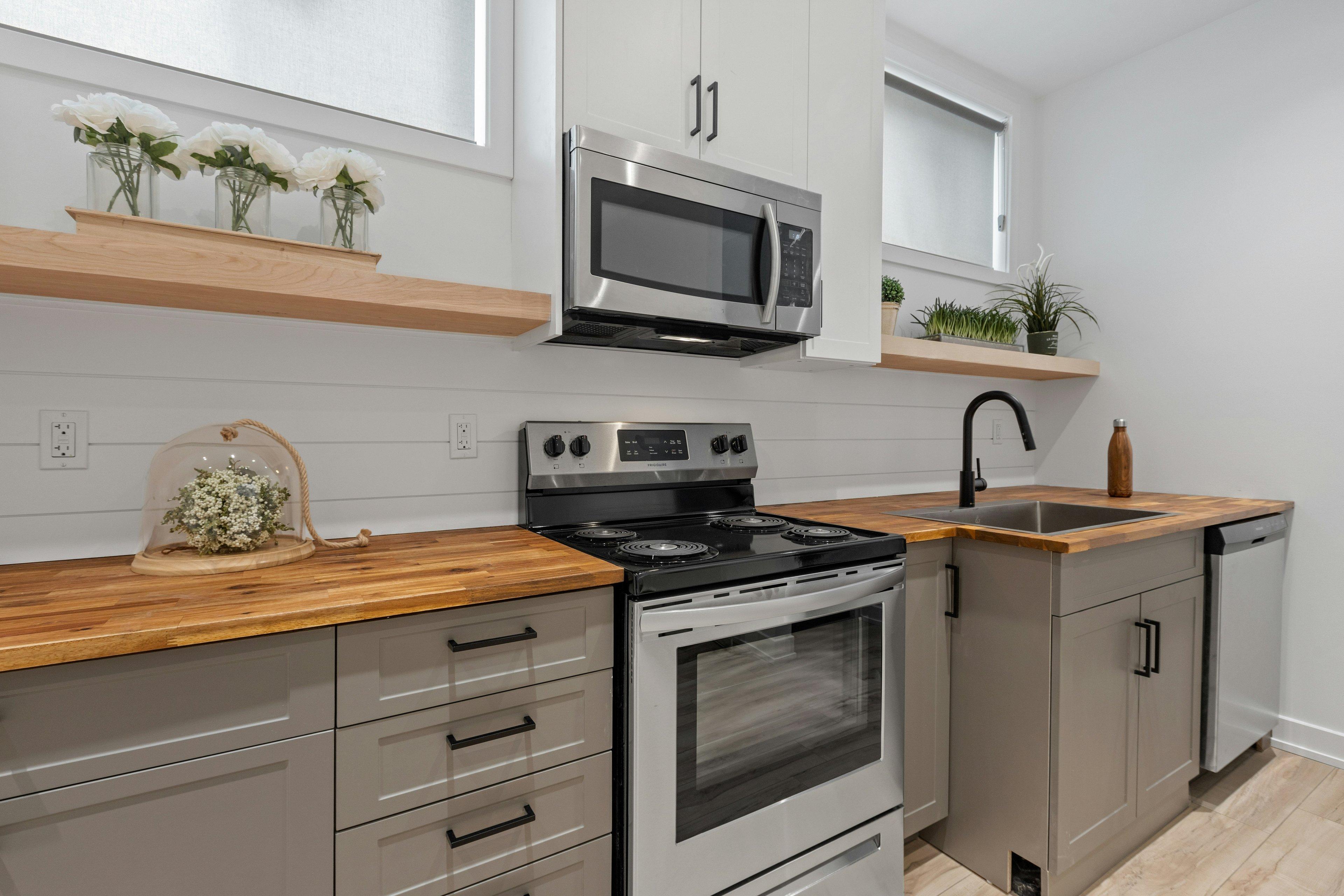Review
Why Does My Snowblower Stop Running After a Few Seconds?
AZparts Team
Updated on March 28, 2025
3 min read
If your snowblower starts but stalls after a few seconds, several factors could be at play. These issues typically involve fuel delivery, air intake, ignition, or mechanical problems. Understanding these potential causes and their solutions can help you get your snowblower back to working condition.

Fuel System Carburetor
1. Clogged Carburetor
One of the most common reasons a snowblower stalls is a clogged carburetor. Over time, fuel can degrade and leave varnish deposits in the carburetor, blocking the jets and preventing proper fuel flow.
- Symptoms: Starts but quickly dies, rough idling.
- Solution: Clean the carburetor using a carb cleaner spray or an ultrasonic cleaner for a deep clean.
2. Stale or Bad Fuel
Ethanol-blended gasoline absorbs moisture from the air, leading to phase separation and degraded fuel quality within 30 days.
- Symptoms: Hard starting, engine runs briefly then stalls.
- Solution: Drain old fuel and replace it with fresh, ethanol-free gasoline. Using a fuel stabilizer extends fuel life up to 12 months.
3. Blocked Fuel Cap Vent
The fuel cap has a vent to allow air in as fuel flows out. A clogged vent creates a vacuum, stopping fuel flow.
- Symptoms: Runs for a short time, then stalls, but runs again after loosening the fuel cap.
- Solution: Clean or replace the fuel cap.
4. Clogged Fuel Filter
Dirt and debris in the fuel filter can restrict fuel delivery.
- Symptoms: Runs briefly, then dies when fuel demand increases.
- Solution: Replace the fuel filter; fuel pressure in gravity-fed systems should be 0.3–0.6 PSI.
Air Intake Problems
1. Dirty or Clogged Air Filter
An air filter restricts dirt and debris from entering the engine, but if it's too dirty, it limits oxygen flow.
- Symptoms: Runs briefly, then dies, black smoke may be present.
- Solution: Replace or clean the air filter. Proper airflow should be 50–100 CFM (cubic feet per minute).
2. Choke Malfunction
The choke enriches the fuel mixture for cold starts. If left on too long, it can cause the engine to stall.
- Symptoms: Runs for a short time, then dies when throttle is applied.
- Solution: Gradually open the choke after 10–20 seconds of running.
Ignition Issues
1. Faulty Spark Plug
A worn or dirty spark plug can fail to ignite the fuel-air mixture properly.
- Symptoms: Weak or intermittent spark, engine misfires before stalling.
- Solution: Replace the spark plug, ensuring the gap is set to 0.020–0.030 inches.
2. Failing Ignition Coil
The ignition coil provides power to the spark plug. A weak coil can fail under heat.
- Symptoms: Engine starts, runs for a few seconds, then dies.
- Solution: Test the coil with a multimeter (primary resistance 0.2–5.0 ohms, secondary resistance 2,000–15,000 ohms). Replace if faulty.
3. Defective Kill Switch
A short circuit in the kill switch could shut off the engine.
- Symptoms: Engine stalls suddenly, even when running well.
- Solution: Disconnect and test for continuity with a multimeter.
Mechanical Problems
1. Low Compression
Worn piston rings or valves reduce compression, leading to weak combustion.
- Symptoms: Hard starting, loss of power, engine dies under load.
- Solution: Test compression (normal range 80–120 PSI). If low, internal repairs may be needed.
2. Sheared Flywheel Key
The flywheel key keeps the crankshaft and flywheel in sync. If sheared, it disrupts ignition timing.
- Symptoms: Engine starts briefly but stops.
- Solution: Inspect and replace the key.
Final Thoughts
If your snowblower still won’t stay running after these checks, providing the make and model number can help pinpoint the exact issue. Regular maintenance, including cleaning the carburetor and replacing filters, can prevent these problems in the future. Following these steps will ensure your snowblower stays in peak working condition for winters to come.
TroubleshootingGarden Snowblower
Further Reading
Further Reading

_1741917223.jpg&w=3840&q=75)




